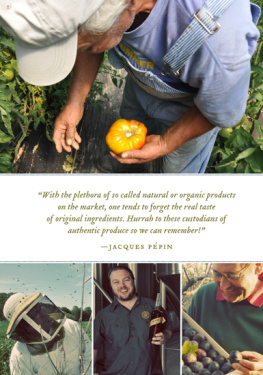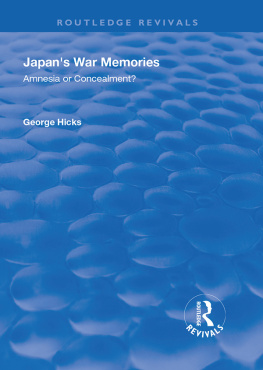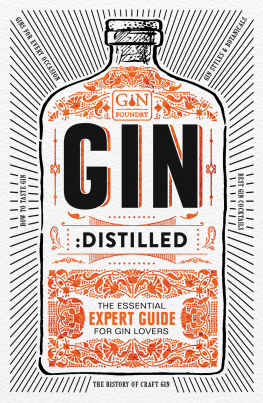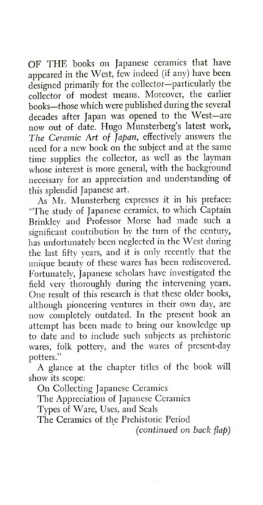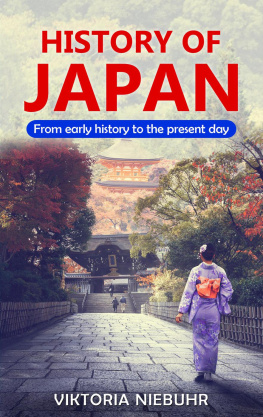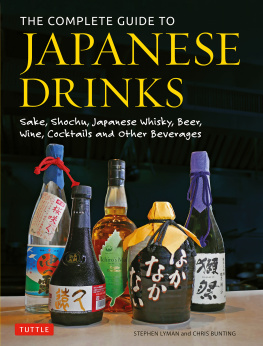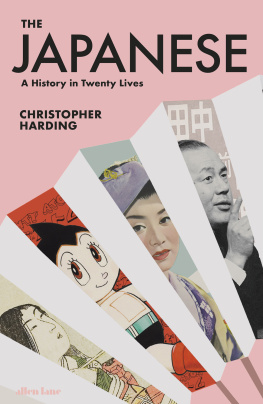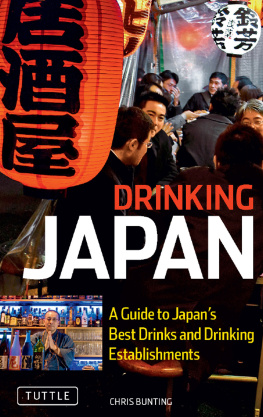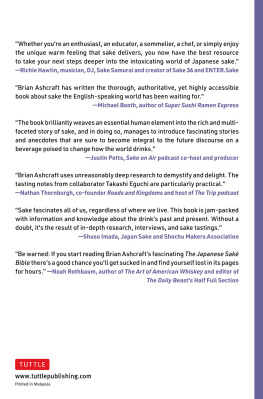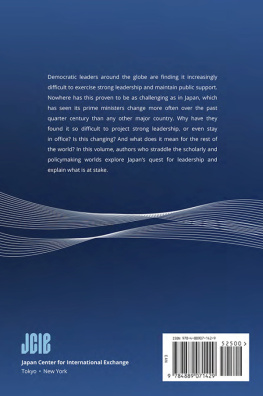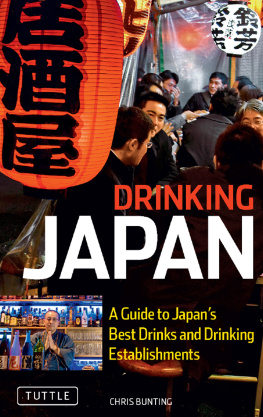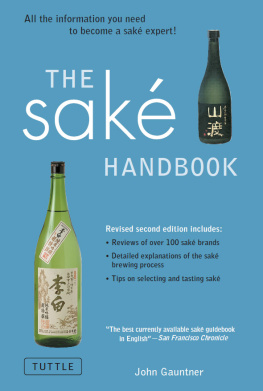Special Smashwords Edition
The Shochu Handbook
An Introduction to Japans Indigenous Distilled Drink
by
Christopher Pellegrini

The Shochu Handbook: An Introduction to Japans Indigenous Distilled Drink
This eBook is licensed for your personal enjoyment only. This eBook may not be re-sold or given away to other people. If you would like to share this book with another person, please purchase an additional copy for each person you share it with. If you are reading this book and did not purchase it, or it was not purchased for your use only, then you should return to Smashwords.com and purchase your own copy. Thank you for respecting the hard work of the author.
Copyright 2014 (text, photographs, maps, illustrations, images) Christopher Pellegrini. All rights reserved, including the right to reproduce this book, or portions thereof, in any form. No part of this text may be reproduced, transmitted, downloaded, decompiled, reverse engineered, or stored in or introduced into any information storage and retrieval system, in any form or by any means, whether electronic or mechanical without the express written permission of the author. The scanning, uploading, and distribution of this book via the Internet or via any other means without the permission of the publisher is illegal and punishable by law. Please purchase only authorized electronic editions and do not participate in or encourage electronic piracy of copyrighted materials.
Requests for permission to make copies of any part of the work should be submitted to the author at .
The bottles featured in this publication were purchased by the author. The labels may not be the same as the ones currently used by the given distilleries. The bottles, labels, and all other logos are included for documentary and commentary purposes and fall under fair-use rights.
Products, logos, trademarks, and trademarked names are used throughout this book to describe various proprietary products that are owned by third parties. No endorsement of the information contained in this book is given by the owners of such products and trademarks, and no endorsement is implied by the inclusion of products, pictures, logos, or trademarks in this book.
The publisher does not have any control over and does not assume any responsibility for author or third-party websites or their content.
Cover Designed by: Telemachus Press, LLC
Cover photos and all interior photography by Marcus Lovitt.
Proofreading by Stephen Lyman.
Published by: Telemachus Press, LLC at Smashwords
http://www.telemachuspress.com
Visit the author website:
http://www.shochu.pro
ISBN: 978-1-940745-27-5 (eBook)
ISBN: 978-1-940745-28-2 (paperback)
Version 2014.07.23
This book is dedicated to my parents, Lucy and Raymond.
They taught me always to give more than I ever thought I could.
Not long after arriving in Japan in 2002, I noticed the beautiful 1.8 liter bottles on display in izakaya and restaurants around Tokyo. The calligraphy on the labels entranced me, and the size of the bottles signaled that some serious fun was within reach. Having started my career in the drinks industry as an apprentice at a small brewery in Vermont, I am burdened with an intense appreciation of both the art and science of making fine tipples, and my affinity for alcohol tasty enough to warrant packaging in a receptacle larger than a magnum basically guaranteed that I would attempt to sample and understand them all.
Some of the bars that I visited early on had lengthy nihonshu (sak) menus, and I greatly enjoyed the tutorials I was treated to by the bar staff and nearby customers about the different grades and how its made. I purchased some English-language books about nihonshu and was able to verify much of what I had heard. My fondness of nihonshu continues to grow to this day.
Other establishments had a stronger focus on a lesser known drink that is also made in Japan, shochu. As the labels shared the artistry of their nihonshu counterparts, I required assistance with telling them apart at first. And I soon discovered that I wasnt able to get my head around this shape-shifting drink. I was introduced to myriad types, and shochu evaded simple description. Even more confounding was the lack of information that was available about it. There were only a few books written about shochu in Japanese, and none in English. Wikipedia was still in its infancy and hadnt expanded enough to have anything to say on the subject.
But the so-called Third Shochu Boom (daisanji shochu bmu) was just getting underway, and I was far from immune from the furor. Starting around 2003, shochu bars popped up all over Tokyo, some with menus boasting hundreds of labels, and one by one I found myself drinking my way through the multitude of ingredients used to make this mysterious drink. One night Id focus on barley, and the next time out Id find a place where I could query three or four potato shochu. Soon friends were texting me details about local watering holes with good selections of brown sugar shochu or awamori. My interest was piqued by the nuanced aromas in these different drinks, and the staggering variety of flavors left me spellbound. Shochu had me hooked.

I must add that I began my journey into the world of shochu with next to no Japanese reading or writing ability. I was making steady progress in my ability to communicate thanks to the friendly folks enjoying shochu alongside me, but it took me several years before I could discontinue my dependence on just a mental facsimile of the labels color and all those contiguous brush strokes. The bar visits were eventually supplemented by distillery tours and sit-downs with the very people who have made shochu their lives and livelihoods. They reminded me of the passionate people that I worked with at the brewery several years prior, and their love of their vocation inspired me to dig deeper.
Seeking more expert insight, I began studying for the shochu sommelier certification exam that is offered by the Sake Service Institute here in Japan, a process that brought me face to face with my old nemesis, kanji. It was a slow, and at times frustrating, education because it was nearly impossible for me to corroborate the things that I was learning with anything in my native tongue. Early on, the only mention that I could find of the drink was a brief and outdated summary in Richard Hoskings irreplaceable A Dictionary of Japanese Food. A decade later, Andrew Dornenburg and Karen Pages amazing What toDrink with What You Eat joined my home library, and despite featuring a photo of a famous rice shochu alongside an elegant flight of sushi, the word shochu fails to make an appearance. The linguistic challenges and outright lack of information that slowed me down at every turn are the reason that I decided to write this book.
I eventually prevailed on the certification exam, and Im excited to be a member of a tiny group of licensed, non-Japanese sommeliers living in shochus homeland. I now spend a fair amount of my time trying to spread the word about this delicious libation, its versatility, and that dizzying spectrum of flavors.
Before I go any further, though, there are a few folks that deserve some love. My family and friends have been integral in bringing this book to fruition. My wife, Yong-nam, put up with my obsessing over the minutiae of this project for the better part of three years and helped me train my palate for the tasting exam somewhere in between. My family in Vermont, Lucy Pellegrini, Scott Pellegrini, and Kate and Aaron Welch, were my backbone from afar.


